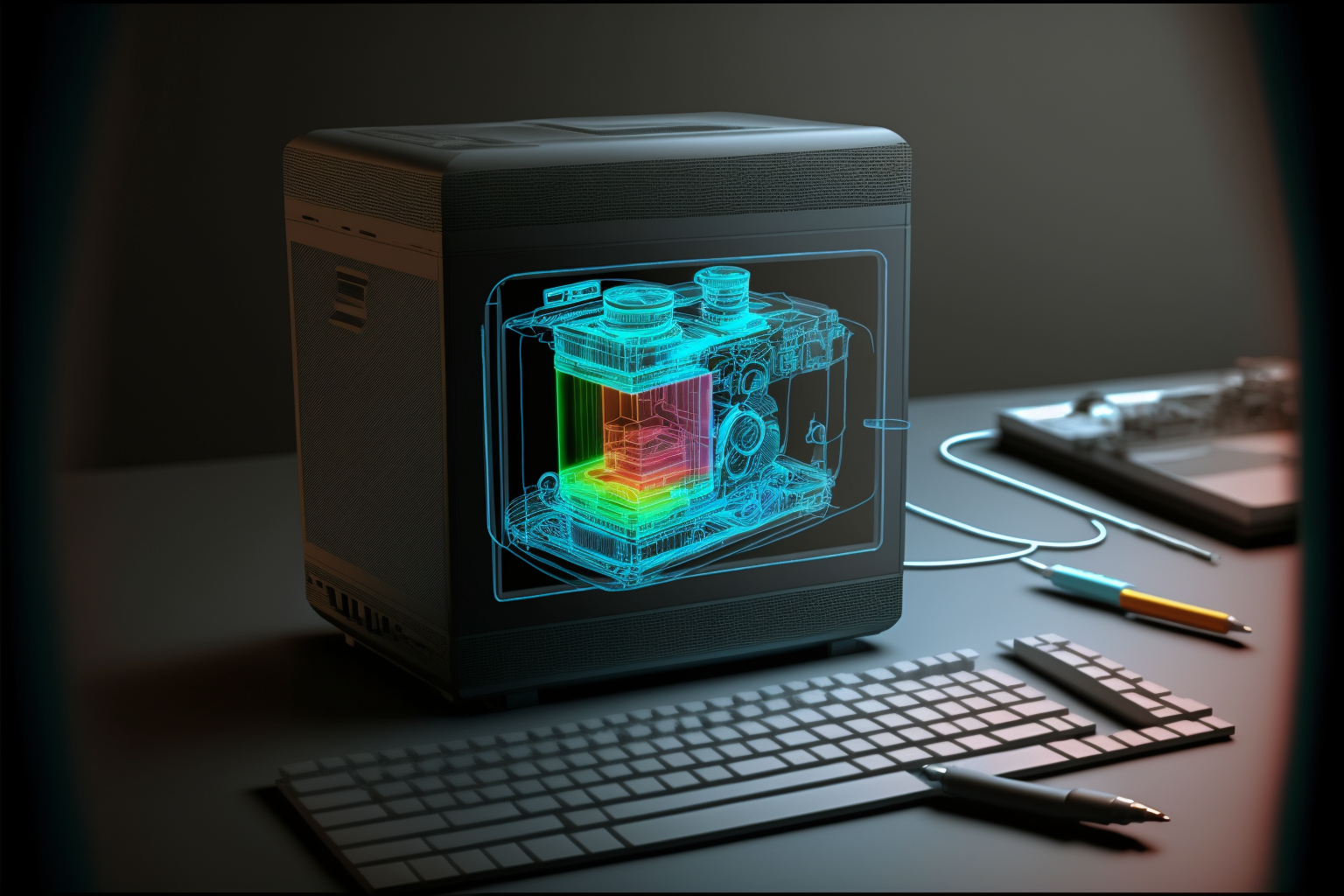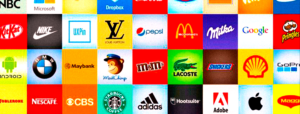It is difficult to say exactly how many companies are using artificial intelligence (AI) in their solutions, as there are many different definitions and interpretations of AI and many companies would be using machine learning techniques without identifying themselves as AI companies. However, it is widely accepted that the use of AI is becoming increasingly popular and widespread across multiple industries, including technology, finance, healthcare, retail, transportation, among others. Some sources estimate that around 80% of companies are planning or are already implementing AI projects in some capacity.
To better understand why this application has become the first item in the budget planning of most companies, I will take you to learn more about the concept and its applications and, thus, be able to understand how it is possible to implement this in your company this year, especially in the area of marketing.
AI is the field of technology that seeks to create machines or systems that can perform tasks that normally require human intelligence, such as speech recognition, learning and reasoning. This is achieved through the use of complex algorithms and machine learning methods.
Practical use of AIs in the market
Artificial intelligence can be used in various sectors and aspects of business, some examples include:
- Data analysis: Using machine learning techniques, it is possible to analyze large volumes of data and extract valuable insights for the business.
- Customer service: AI-based chatbots can be used to serve customers automatically and quickly, answering common questions and resolving problems.
- Product recommendation: AI algorithms can be used to recommend personalized products or content to customers based on their interests and purchasing behaviors.
- Process automation: AI can be used to automate routine and bureaucratic tasks such as document classification, form filling and reporting.
- Fraud detection: AI algorithms can be used to detect anomalous patterns and possible fraud in financial transactions.
Among these and other areas, two of them are mainly related to the focus we want to give in this text: helping you implement automation in your company's marketing, gaining speed in the creative process and inspiration for new content.
Creation of images and texts in a few seconds with machine intelligence
Images/Videos
- Image generation: Using generative neural networks, such as GANs (Generative Adversarial Networks), it is possible to generate new images based on a set of training data. This can be used to create realistic images of things that have never existed before, such as faces, landscapes and objects.
- Image editing: AI algorithms can also be used to edit existing images. For example, it is possible to remove unwanted objects from an image or add elements to it, it is also possible to improve the quality of bad images.
- Image analysis: Another application of AI in image creation is image analysis, where machine learning algorithms are used to identify and classify objects, people, and scenes in images. This can be used for tasks such as object detection, facial recognition, among others.
- Synthesize images: AI can be used to synthesize images from textual descriptions, such as generating an image of a “blue house with a red roof” based on the description.
- Content creation: AI can be used to assist artists and designers in creating content, generating color, shape and texture options for them to choose from, or even creating content itself.
Texts/Copies
- Generate texts: Using generative neural networks, such as recurrent neural networks (RNNs) and transformer neural networks (Transformer), it is possible to generate texts based on a set of training data. This can be used to generate image descriptions, article summaries, among others.
- Text summary: AI algorithms can be used to summarize long texts, selecting the most important and relevant information and presenting it in a summarized way.
- Sentiment Analysis: AI can be used to analyze the sentiment or opinion expressed in a text, classifying it as positive, negative or neutral.
- Response generation: AI algorithms can be used to generate automated responses to questions, such as chatbots or virtual assistants.
- Content creation: AI can be used to assist writers and copywriters in creating content, suggesting titles, introductions and conclusions for articles, or even writing it itself.
It is important to note that although AI is capable of generating text, human intervention is still necessary to ensure the quality and coherence of the generated content.
There is no shortage of application options for you to test these features on the market, some paid, others free. Here are two names for you to research calmly: ChatGPT It is Midjourney (enjoy!)
And so, I end this text with a consideration and positioning of Allomorphy in relation to this entire new universe. So, will marketers disappear? We do not! I'll explain below.
The entire Alomorfia team not only has expertise and training in the use of AI and algorithms, but we are your element x for all of this to actually be able to be used in the day-to-day running of your business in a professional way: We use AIs to give much more dynamics to our client's projects, saving time in the validation stages and mainly, while the AIs create, we give usefulness to creation.
– Text written 90% by artificial intelligence.




